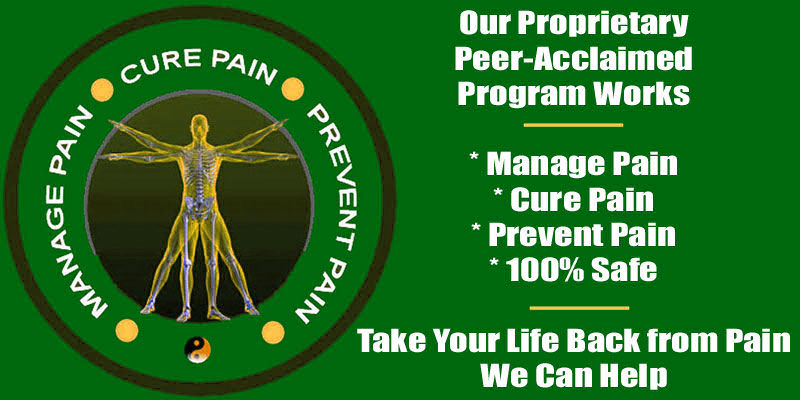
Spondylolisthesis C5 is one of the most common cervical spinal locations for vertebral migration to occur. Although cervical listhesis is not nearly as often observed as lumbar versions of vertebral slippage, it is still a major concern for millions of people worldwide, especially when it reaches the upper gradings of diagnostic classification.
C5 resides in a particular anatomical location that makes it susceptible to both anterolisthesis and retrolisthesis, perhaps more than any other cervical vertebra. Depending on the causative nature of the condition, C5 can migrate forwards or rearwards, out of alignment with the rest of the C-spine. When the degree of migration is severe, symptomatic expressions might result.
This short dialog explores the occurrence of spondylolisthesis at cervical vertebra 5. We will detail C5 listhesis, including the causes of slippage, the consequences of slippage and what is normally the best treatment path for C5 spondylolisthesis.
Causes of Spondylolisthesis C5
Cervical 5 spondylolisthesis can be caused by many possible scenarios, including any or all of the following circumstances:
Congenital conditions might cause demonstration of C5 migration from birth, usually due to failure of the pars interarticularis to form properly. Congenital defects can also make the pars extremely susceptible to fracture, causing the vertebra to migrate at some point later in development.
Traumatic injury can create listhesis even in perfectly formed C5 bones. Typically, this type of injury involves fracture or dislocation of the facet joints and additional circumstantial changes in regional structure that facilitates forwards or rearwards migration of C5.
Degenerative C5 spondylolisthesis is rather common, since many elderly people demonstrate many contributing factors simultaneously, including disc desiccation and possible herniation, facet joint arthritis, ligamentous ossification and changes to the cervical spinal lordosis which might help facilitate slippage of C5 anteriorly or posteriorly.
Listhesis at C5 Consequences
Most grade 1 and 2 listhesis issues which are expressed at C5 will not be symptomatic. However, grade 3 and 4 listhesis stand a fair chance of generating symptoms through any or all of the following mechanisms:
C5 is located right in the apex of the cervical lordosis, making it close to the spinal cord when shifted forwards or backwards. Compression of the spinal cord will cause central spinal stenosis and might originate symptoms anywhere in the body below the level of structural compression.
When the C5 bone moves out of alignment, the neural foramen will also be misaligned, potentially causing, or contributing to, a pinched nerve root in the neck. These symptoms will be expressed in the innervated area of the anatomy, which will usually be locally, as well as in the shoulders, arms or hands.
Listhesis can contribute to spinal fracture, especially in older adults with osteopenia or osteoporosis.
Spondylolisthesis can increase the chance of suffering a symptomatic herniated disc or mechanical neck pain in the spinal joints.
Severe listhesis at C5 can create an unstable spine.
Spondylolisthesis C5 Treatment
Most low to moderate grade listhesis in the neck will not require active treatment, although regular medical monitoring is advised. Severe grades of listhesis, and all vertebral migration conditions that create spinal instability or spinal cord compression, will require dramatic care, while other cases of less significant symptomology might benefit from conservative therapy.
In cases of grade 3 listhesis where some discomfort is present, but the spine is stable, exercise, stretching and symptomatic methods of care can usually manage the expressions of pain without surgery. However, some profiles will benefit from surgery, as will virtually all examples of symptomatic grade 4 spondylolisthesis. For surgically-indicated patients, spinal fusion is the current gold standard practice, despite its many shortcomings and general health risks. There is simply no other way to effectively restore the spinal alignment and stability without such a dramatic operative intervention.
Spondylolisthesis > Isthmic Spondylolisthesis > Spondylolisthesis C5



